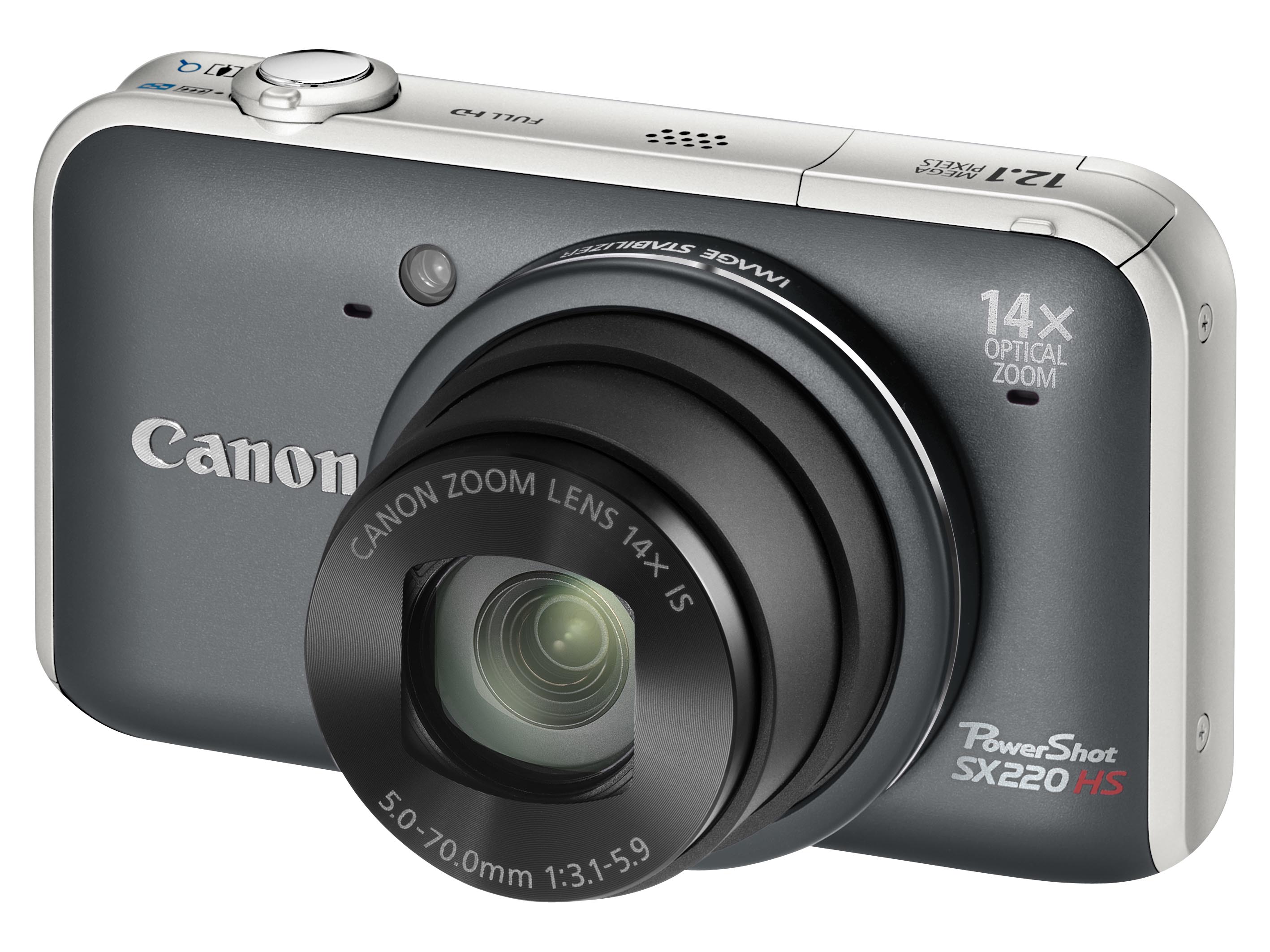Why you can trust TechRadar
Canon PowerShot SX220 HS: Performance
The camera takes just under a second to come to life, and as before it raises the pop-up flash as this happens. There seems to be no way to deactivate this, and should you have your finger in the way – which is entirely likely given the flash's position – the flash will be forced into it. Even if you turn the flash off it annoyingly remains in its upright position.
The zoom glides at a steady pace through its focal range, only making a little noise as it does so. There's a slight slowdown in focusing speed at the telephoto end of the optic, but given the camera's generally prompt focusing speed even here it's still reasonably snappy.
The LCD also has a perfectly respectable viewing angle, and it does well in brighter conditions until the lighting becomes particularly harsh. Those with less inclination to shoot video may, however, be frustrated by its wide aspect ratio, which is otherwise only fully filled when shooting in the 16:9 option, where resolution is lowered to 9MP.
Most of the time the camera's metering system does a sterling job to produce print-ready exposures, although given the limitations of smaller sensors this does mean that while shadows show good detail highlights often lose theirs, particularly in high-contrast conditions.
The default My Colurs option together with the auto white balance system combine to render scenes with reasonable accuracy, neither appearing too lifeless nor vibrant, with only the occasional shift towards either warmth or coldness depending on the scene's content.
Detail throughout images is more than respectable, although it's hard to sharpen images in order to squeeze out any more without also sharpening the fine grain of noise, which is present on all sensitivities but controlled at the lowest few.
Noise rises steadily through the sensitivity range, and at the highest sensitivities there's practically no chroma noise, but the processing which ensures this is the case also means that there's little detail in such images captured at night. Here, it becomes difficult to control highlight details, too, without having to underexpose the image as a whole.
There's a touch of barrel distortion at the wide end of the camera's optic, and at the telephoto extreme the camera tends to require the maximum aperture of f/5.9, which creates a little vignetting at the corners of the frame. This is particularly noticeable when shooting flat areas little detail (such as skies), although otherwise it's not as great an issue over more detailed subjects.
Sadly, chromatic aberrations including purple fringing do make themselves known throughout the lens's range, particularly at the telephoto end and whenever shooting contrasty subjects. Those wanting to use images at their full size should keep this in mind and look at suitable processing methods, as its visibility borders on objectionable.
Finally, the camera's video mode captures clear and detailed movies, with clear sound and little ambient noise (although sound is slightly tinny nonetheless), and only a slight whirring from the lens if its zoom is used during recording.
Should the scene change suddenly, the camera doesn't quite adjust exposure with fluidity, instead working in more obvious incremental steps, but this should only be an issue in special circumstances, such as when panning a scene.
Current page: Canon PowerShot SX220 HS: Performance
Prev Page Canon PowerShot SX220 HS: Build quality and Next Page Canon PowerShot SX220 HS: Image quality